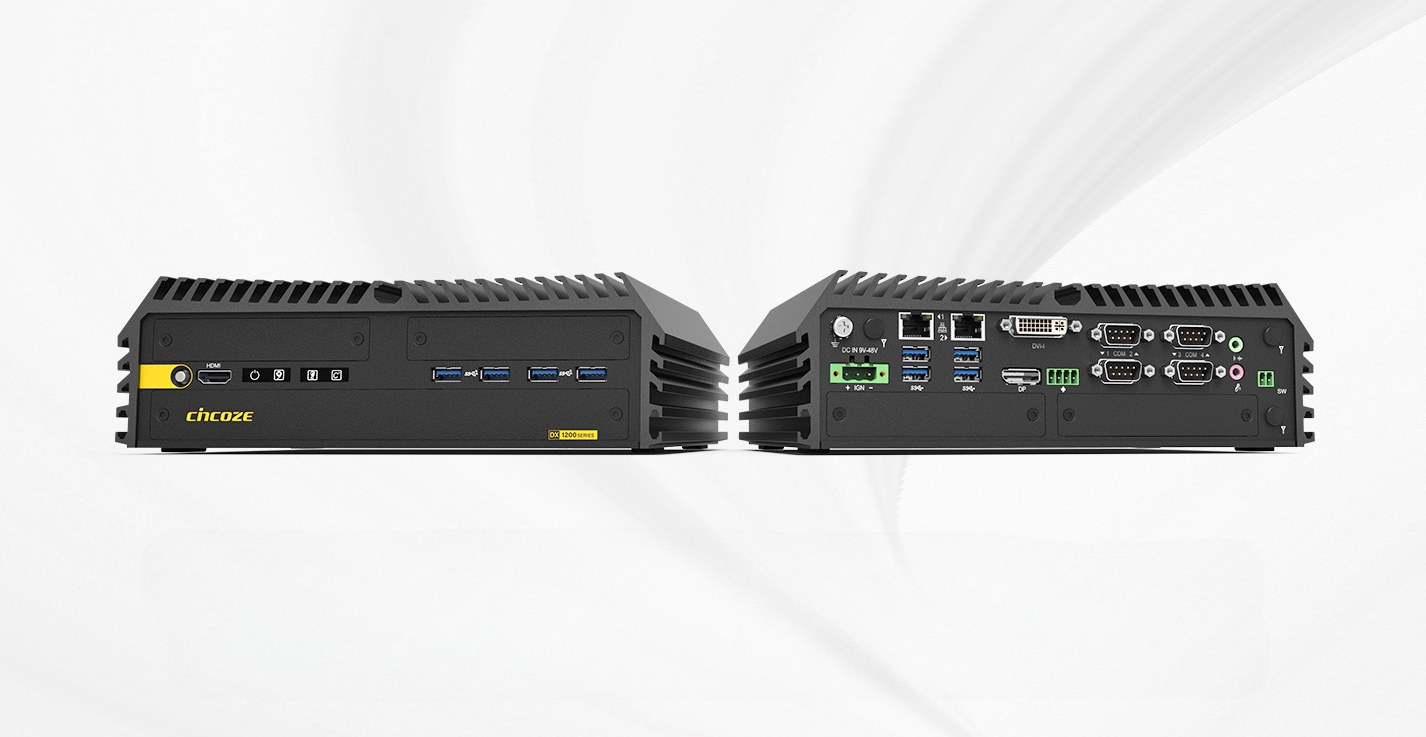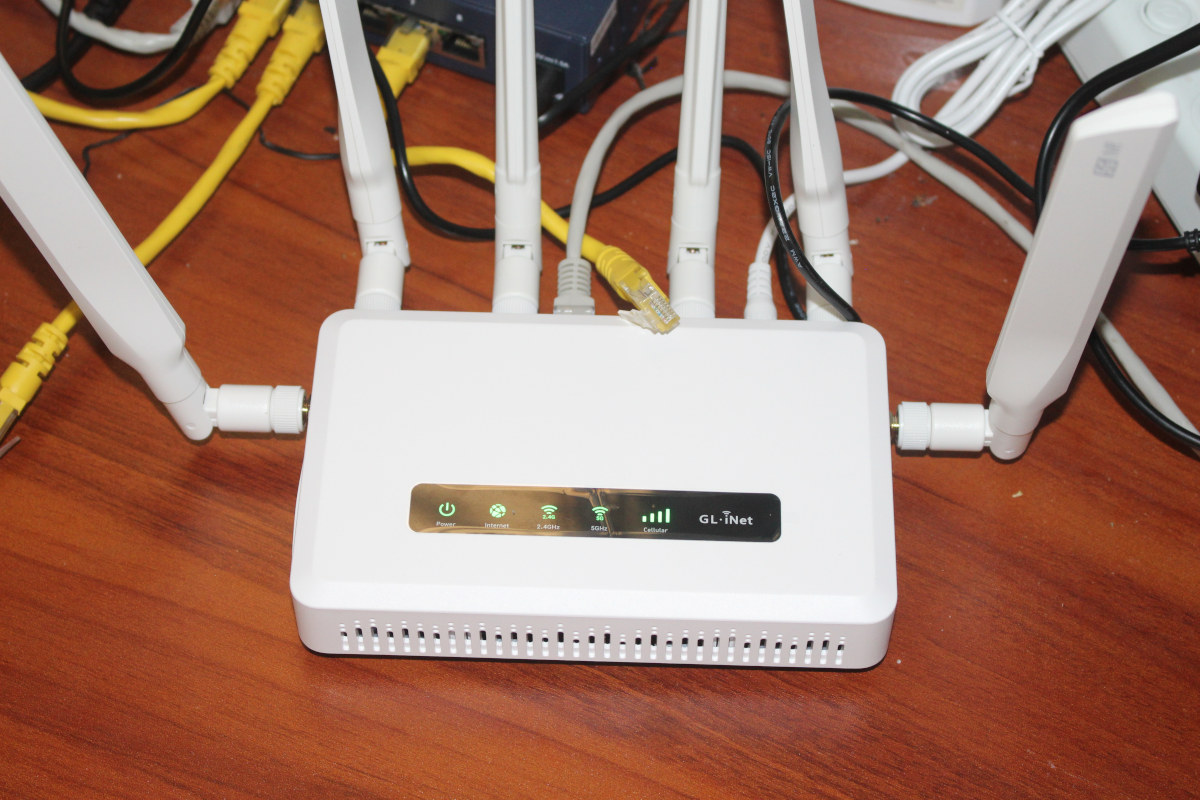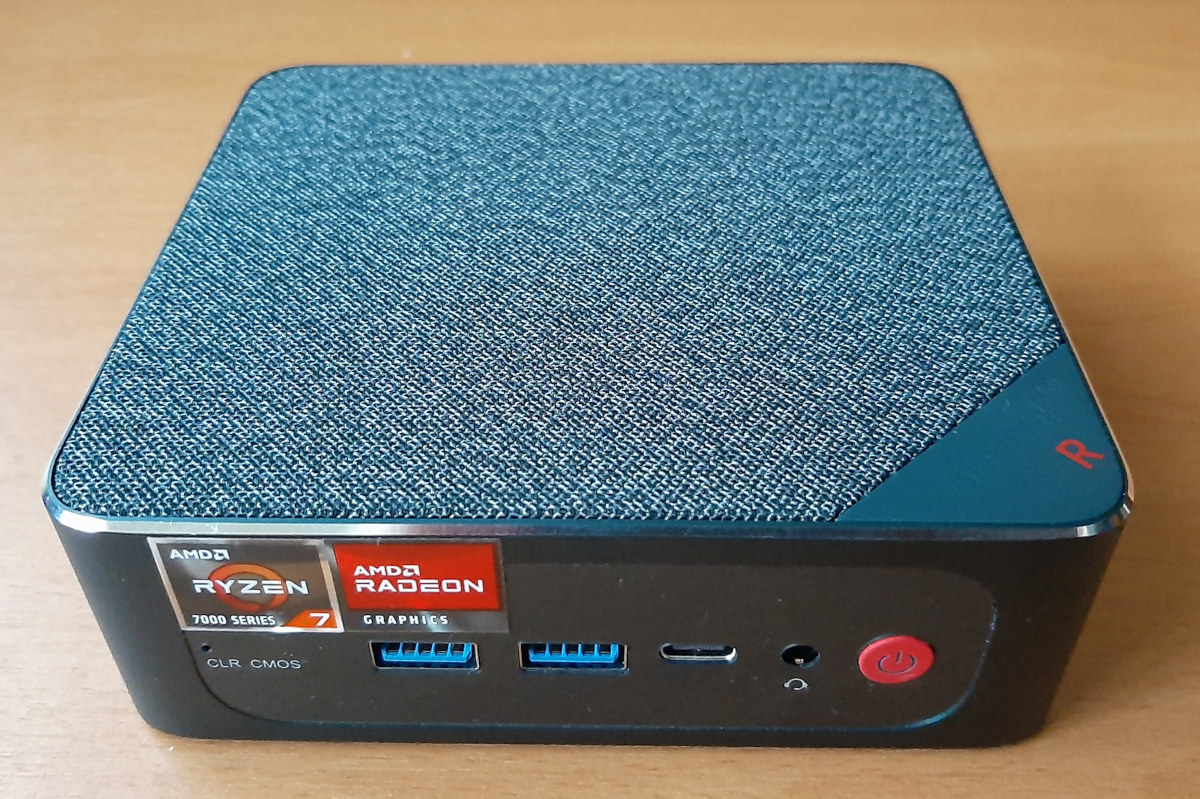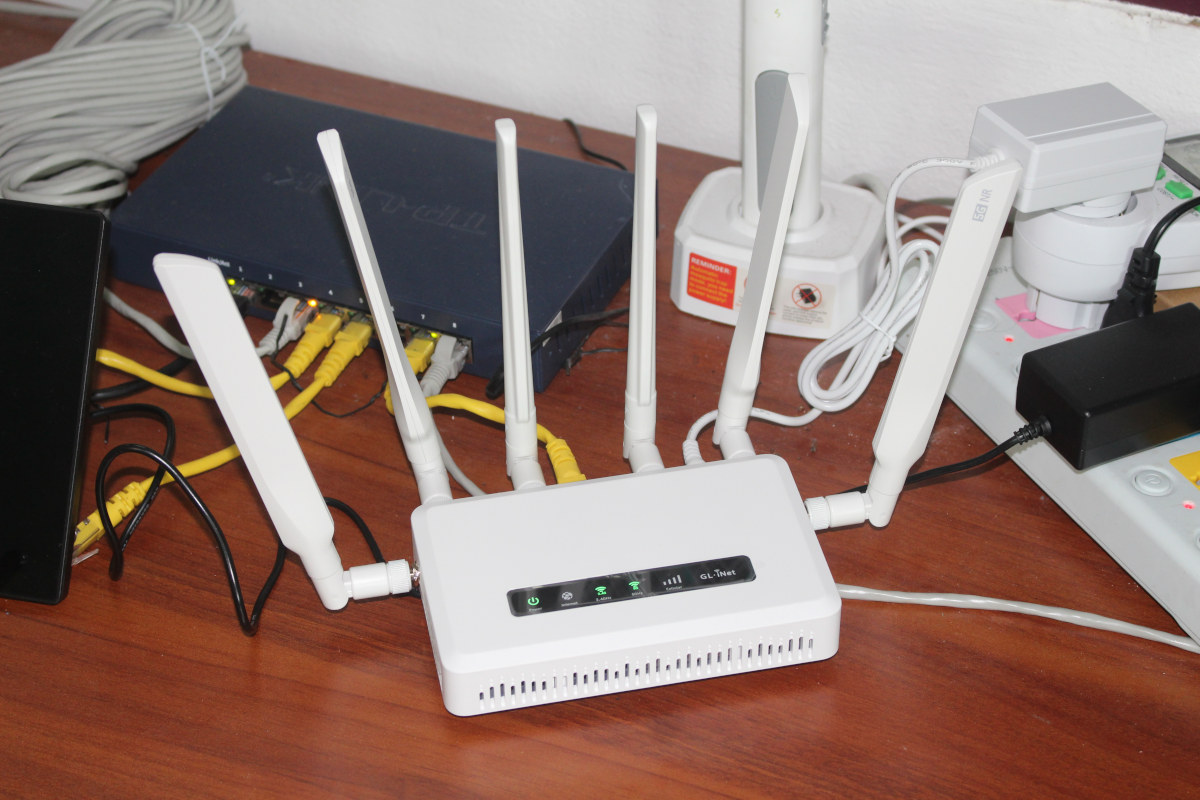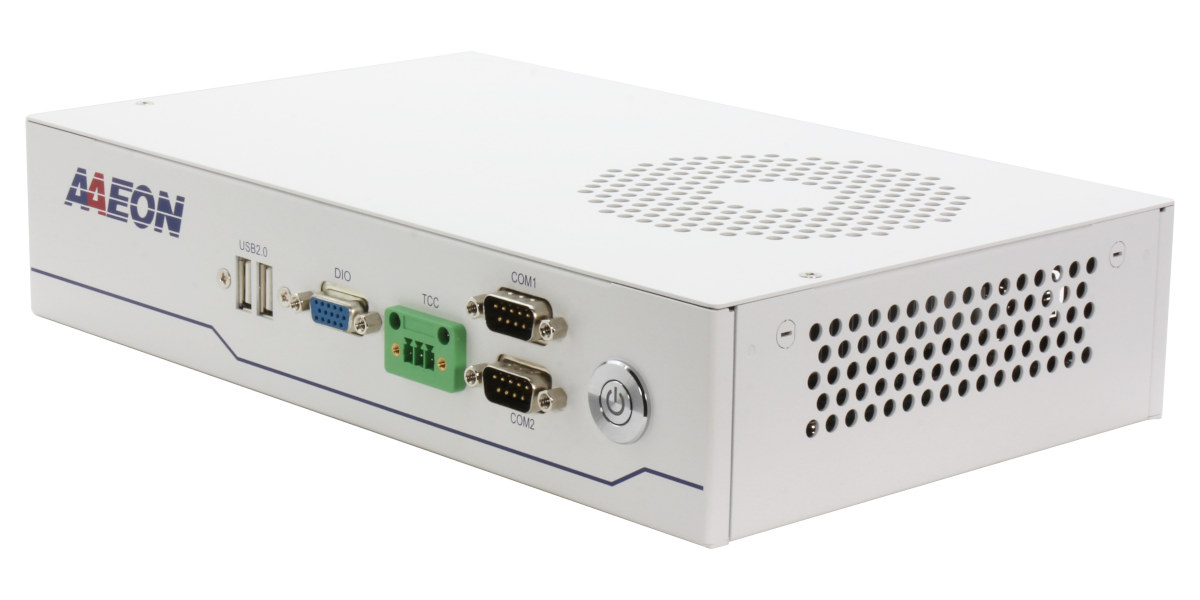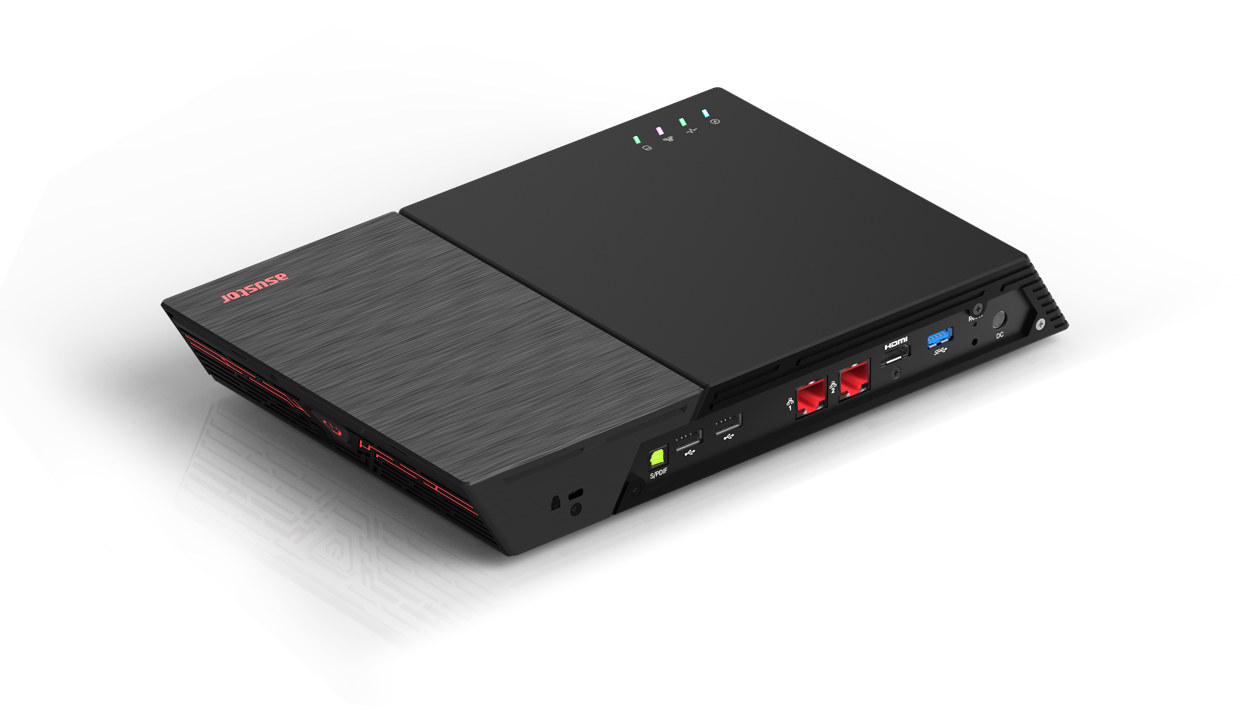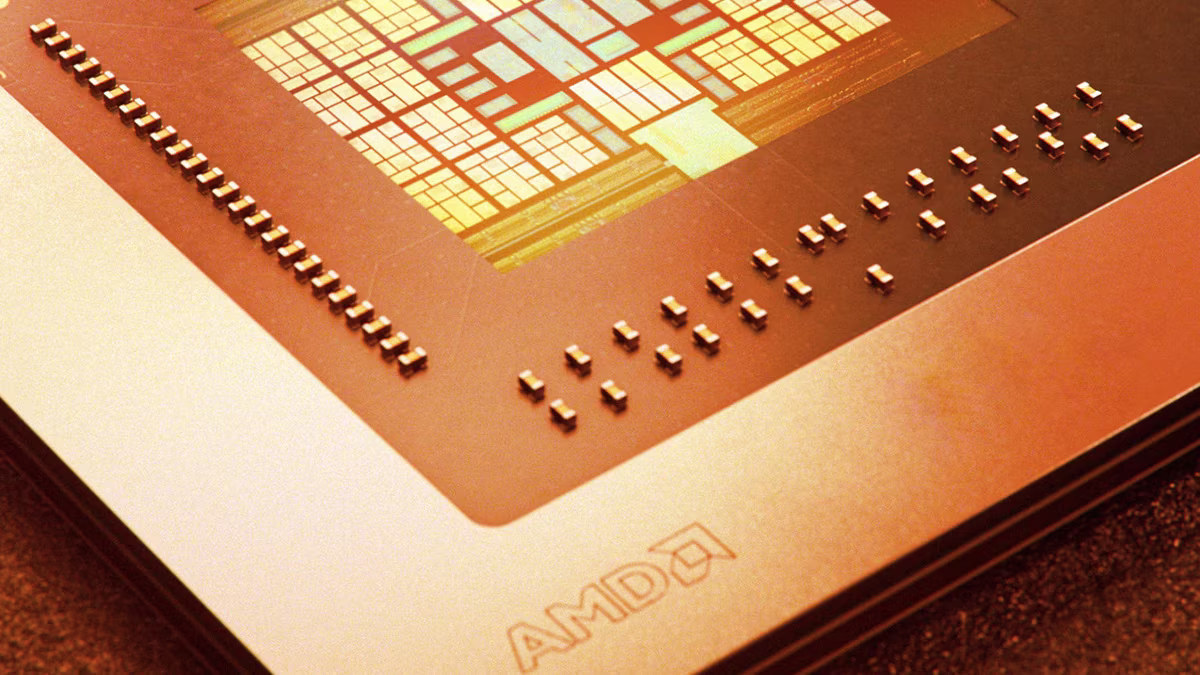Cincoze DX-1200 is a fanless embedded computer powered by a choice of 12th gen Intel Core (Alder Lake-S) Celeron up to Core i9 CPUs whose mainboard is housed in a rugged and compact chassis designed for industrial edge AI and machine vision applications. The DX-1200 supports up to 64GB of 4800MHz DDR5 memory with ECC, and the Intel Xe architecture of the UHD 770 graphics chip is said to deliver image classification inference performance that is 2.8 times the speed of the Comet Lake-S platform. The embedded computer also offers a wide range of I/Os and as well expansion capabilities for up to four 10GbE, DIO, and COM ports, and M.2 and mPCIe sockets for WiFi, GNSS, 4G, and Bluetooth connectivity. Cincoze DX-1200 specifications: Alder Lake-S SoC (one or the other) Intel Core i9-12900E 16 cores up to 5 GHz with Intel UHD Graphics 770; TDP: 65W Intel Core i7-12700E […]
GL.iNet Spitz AX review – Part 2: a router with 5G NR, WiFi 6, 2.5GbE, failover and load balancing
Earlier this month I introduced the GL.iNet Spitz AX (aka GL-X3000NR) router with 2.5GbE, WiFi 6, and 5G NR cellular connectivity listing the specifications, doing an unboxing, and going through the initial setup. I’ve now received a new SIM card for testing and installed it into the router to continue the review. 4G/5G cellular connectivity on Spitz AX router After powering the router, the SIM card was detected and showed a 5G connection, but quickly fell back to 4G as can be seen with the cyan icon in the screenshot below. Shortly after, I lost 4G data connectivity, and after a while, the modem was not detected at all. But after restarting the router, and clicking on the “Auto Setup” icon everything looked to be working fine and I was always on a 5G connection from “house 1”. You’ll notice an envelop icon on the top right corner of the […]
Beelink SER6 Pro 7735HS Review – Windows 11 benchmarks, USB4 port tested with NVIDIA RTX 3050 eGPU’s
Previously I reviewed Beelink’s SER6 Pro mini PC when it was released with an AMD Ryzen 7 6800H processor, mentioning that a ‘refreshed’ model had since been released. Beelink have kindly sent me this updated model which now uses an AMD Ryzen 7 7735HS. Given this is virtually an identical processor with just a 50 MHz improvement to the boost frequency, this review will look at confirming that the Windows performance is just as good as before and also revisiting the issues faced previously with the USB4 port. Spoiler alert: the USB4 now works perfectly! Beelink SER6 Pro 7735S specification Beelink list the SER6 Pro 7735HS specifications as: with the only differences to the original SER6 Pro being firstly the AMD Ryzen 7 7735HS processor which has a Max Turbo Frequency of 4.75GHz, and secondly that two variations are also available: one with ports exactly the same as the original […]
GL.iNet Spitz AX (GL-X3000NR) 5G NR WiFi 6 router review – Part 1: Specs, unboxing, and first boot
GL.iNet Spitz AX, also known as GL-X3000NR, is a compact 5G NR WiFi 6 router running OpenWrt 21.02 on a MediaTek Filogic 820 (TM7981A) dual-core Cortex-A53 processor coupled with 512MB DDR4 and 8GB eMMC flash, as well 2.5GbE and GbE interfaces, and a USB 2.0 port. The company sent us a Spitz AX router for evaluation, and in the first part of the review, we’ll go through the specifications, and do an unboxing and a teardown, before connecting it for a first boot. GL.iNet Spitz AX router specifications SoC – MediaTek MT7981A (Filogic 820) dual-core Arm Cortex-A53 processor @ 1.3 GHz System Memory – 512 MB DDR4 Storage – 8GB eMMC flash, MicroSD card slot up 1+ TB Networking 1x 2.5GbE WAN Ethernet port 1x Gigabit Ethernet LAN port Dual-band IEEE 802.11a/b/g/n/ac/ax WiFi 6 up to 574Mbps (2.4GHz), 2402Mbps (5GHz) RM520N-GL 5G cellular modem and 2x Nano SIM card slots […]
EPIC-ADS7-PUC Alder Lake-S embedded system is made for robotics, automation, healthcare imaging
AAEON EPIC-ADS7-PUC is an embedded system based on an up to 12th Gen Intel Core i7-12700E Alder Lake-S processor and designed for robotics, automation, and healthcare imaging applications. The embedded computer supports up to 32GB DDR5 and two SATA III storage devices, offers three 4K video outputs via HDMI and DisplayPort connectors, one 2.5GbE and three Gigabit Ethernet ports, along with Intel TCC support, up to six USB 3.2 Gen 2 ports, two RS232/422/4485 COM ports, and some SKUs support Intel Time Coordinated Computing (TCC) for real-time control. Key Features: SoC – Intel Core Alder Lake-S processor, up to the 12-core (8P+4E) Core i7-12700E processor clocked at up to 4.8 GHz with Intel UHD Graphics 770; TDP: 65W Chipset – Intel 600 Series Desktop Chipset (R680E/Q670E/H610E) System Memory – Up to 32GB DDR5 4800 via 2x SODIMM socket (16GB max each) Storage – 2x SATA 3 with +5V onboard SATA […]
ASUSTOR FLASHSTOR NAS supports up to 12 M.2 SSDs, 10GbE networking
ASUSTOR FLASHSTOR 6 and FLASHSTOR 12 are network access storage (NAS) devices powered by a quad-core Intel Celeron N5095 Jasper Lake processor and designed for respectively 4K audio and video content consumption for the former and 4K video editing for the latter. Both models come with 4 GB of DDR4-2933, two USB 3.2 Gen 2×1 ports, and HDMI 2.0b video output, but the FLASHSTOR 6 supports up to 6 M.2 NVMe SSDs and 2.5GbE networking, while the FLASHSTOR 12 can take up to 12 M.2 NVMe SSDs and handles 10GbE networking. ASUSTOR FLASHSTOR specifications: SoC – Intel Celeron N5105 quad-core Jasper Lake processor @ 2.0 GHz / 2.9 GHz (Turbo) System Memory – 4GB SO-DIMM DDR4, expandable up to 16GB via 2x SO-DIMM slots Storage 8GB eMMC flash for the OS FLASHSTOR 6 (FS6706T) – 6x M.2 2280 NVMe drive slots, up to 14x drives with AS6004U expansion unit for […]
AMD Ryzen Embedded 5000 processors launched for networking applications
We first spotted the AMD Ryzen Embedded 5000 processors in a micro-ATX motherboard last August, but AMD has now only announced the availability the of Ryzen Embedded 5000 Series “Zen 3” processors designed for “always on” networking firewalls, network-attached storage systems, and other security applications. AMD also mentions the Ryzen Embedded 5000 are “power-efficient processors”, but that does not mean low power, as those embedded processors are 65 to 105W parts, and offer a step-up in performance from the 10 to 54W AMD Ryzen Embedded V3000 processors also targetting networking and storage applications. As we found out last year, four SKUs are available with the Ryzen 5950E, Ryzen 5900E, Ryzen 5800E, and Ryzen 5600E, but the specifications are a little different, as for instance, there’s no 10-core part. All four are AM4-socket processors, support two DDR4 channels up to 3200MT/s, and come with 24 PCIe Gen4 lanes, and when optionally […]
How to setup a WireGuard server on Ubuntu for remote login
In this article, we will show you how to set up a WireGuard server on Ubuntu in order to use it for remote login. Introduction to WireGuard First of all, let’s first understand, what is WireGuard? WireGuard is a very simple and fast VPN tool with state-of-the-art encryption. Its goal is to be faster, simpler, more streamlined, and easy to use than IPsec, while avoiding the hassle of large-scale configuration. WireGuard is designed as a general-purpose VPN to run on embedded interfaces and supercomputers in many different environments. Originally released for the Linux kernel, WireGuard is now widely deployed and supported across platforms (Windows, macOS, BSD, iOS, Android). WireGuard is growing rapidly and is already considered the most secure, easiest-to-use, and simplest VPN solution in the industry. Basic Concepts of WireGuard Several basic concepts are involved in WireGuard: Peer: A node in WireGuard. Private key: Each node has its own […]


